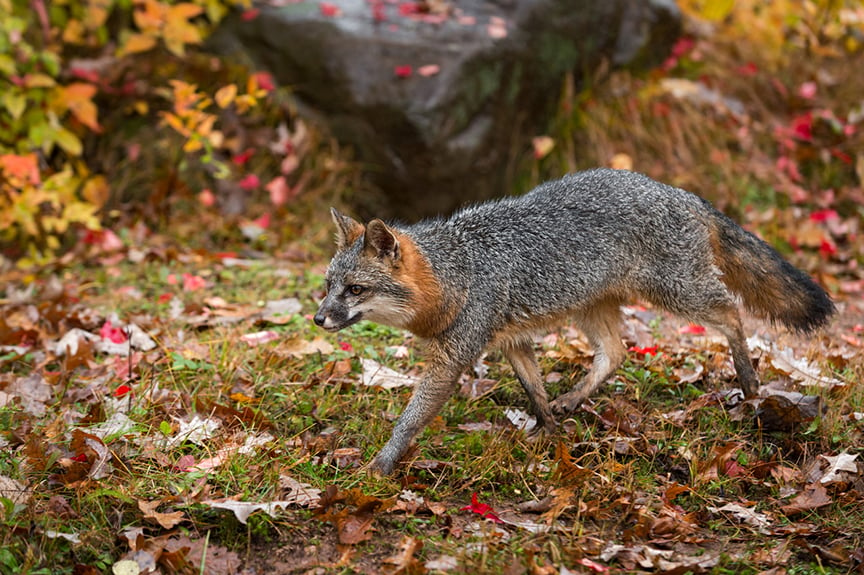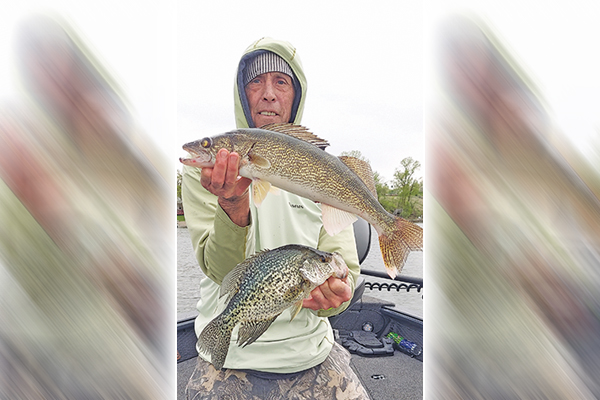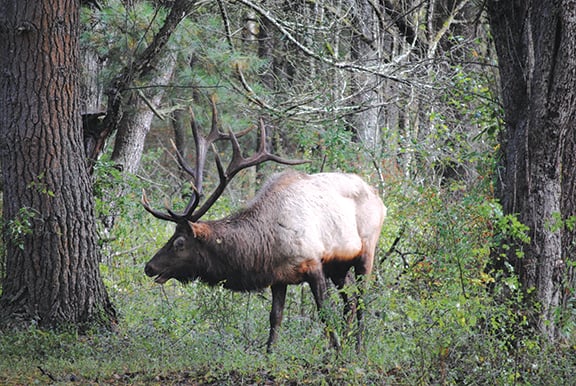Iowa DNR looking for gray fox as part of a research project and is asking for help from trappers – Outdoor News

The Iowa DNR is asking trappers for help with a study on Iowa’s gray fox population.
“We’re asking trappers who happen to catch a gray fox alive to contact me or wildlife technician Dave Hoffman directly so we can make arrangements to equip the animal with a neck collar and release it for tracking purposes as part of a research project. If they can’t reach us, another option is to contact their local wildlife biologist or conservation officer,” said Vince Evelsizer, furbearer biologist with the Iowa DNR.
Hoffman’s cell number is 641-425-0737; Evelsizer’s is 641-231-1522.
“Our gray fox population is down and we’re concerned. At this time, the cause for their population decline is unknown. We’re hoping this study will give us some data related to causes of mortality, habitat use, home ranges, etc., that we can begin to learn more about what is going on with this population.”
The gray fox population in Iowa and other Midwestern states has declined over the past 25 years. In Iowa, the population decline is correlated with increases in the population of coyotes, raccoons, and bobcats. Increasing coyote and bobcat populations may affect gray fox populations through competition and predation. Raccoons may impact gray fox populations through the spread of disease, particularly canine distemper virus. Canine distemper is common in raccoons, and gray fox are highly susceptible to this lethal disease.
Changes in Iowa’s forest habitat may also contribute to lower gray fox numbers. Mature, even-aged forests don’t support the prey base needed for gray fox. A combination of these factors, as well as potential other unknown factors, may have contributed to their decline.
Evelsizer said they are offering a $400 reward as an incentive for live-caught foxes that are healthy and used for the study.
Gray fox can be found statewide, but their core area is eastern and southern Iowa, in forested habitats, like cedar thickets, deciduous forests, the driftless region, on old farms and overgrown pastures.
They are smaller than the red fox with adults weighing up to 12 pounds. They have a seasonal diet feeding on birds and rodents, but eat young grasses in the spring, grasshoppers, crickets, mulberries, raspberries in the summer and wild plums, grapes, apples and pears in the fall. They are also capable of climbing trees, which is a unique feature for a member of the canine family.







